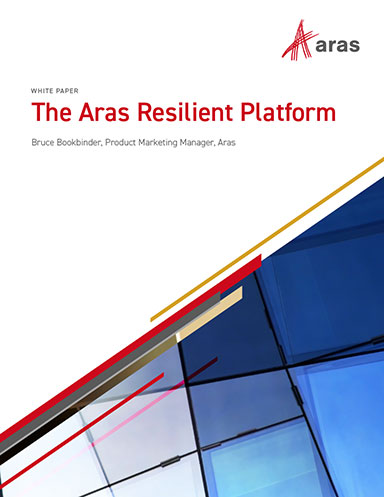July 16, 2018
Applied Math Modeling Inc. makes available CoolSim for AutoCAD 2.0, an add-in for AutoCAD that allows users to set up and export data center designs directly from AutoCAD to the CoolSim data center CFD modeling application. In addition to direct geometry transfer, users are also able to define the object type, airflow direction, as well as load parameters including IT rack power consumption and CRAC (computer room air conditioner) cooling capacity within the AutoCAD application.
“Many of our CoolSim users utilize AutoCAD to record the layout of their data centers. With this new revision of our popular CoolSim for AutoCAD add-in, AutoCAD users can now define entire rack row definitions all at once, including the rack name, airflow direction, and thermal loads from within the existing AutoCAD drawing. The AutoCAD data can then be exported directly to CoolSim for downstream thermalanalysis” says Paul Bemis, CEO of Applied Math Modeling. “This speeds up the overall CFD modelingprocess significantly by eliminating the tedious task of rebuilding the model within the CFD analysis tool.”
CoolSim Add-in for AutoCAD features Room definition including height, supply plenum and ceiling return plenum definitions; CRAC definitions including height, airflow direction, and cooling capacity parameters; IT rack row definitions including rack labels, height, airflow direction and thermal load; perforated tile definitions including percent area open parameters; and power distribution unit definitions including height and thermal load.
“From outstanding ease-of-use so users don’t have to climb a steep learning curve,” says Bemis. “CoolSim forAutoCAD continues this tradition by greatly speeding up the CFD model-building process, allowing the geometry and respective parameters to be defined and extracted directly from AutoCAD. For companies that utilize AutoCAD for their data center layout representation, this new add-in is a significant timesaver.”
Once the AutoCAD export is opened in CoolSim, the model can be submitted to a hosted high-performance computing (HPC) cluster for processing using ANSYS/FLUENT (CFD) technology. After the simulation is complete, HTML output reports and 3D visual images are produced for analysis by the user. This mechanism allows users to perform multiple “what-if” studies of their data centers to determine the optimal placement of existing equipment, evaluate new or alternative designs or visualize the effect of adding new equipment to an existing data center.
SaaS Model
Applied Math Modeling continues to drive down total-cost-of-ownership (TCO) for customers by delivering CoolSim using a hosted Software as a Service (SaaS) model that includes the software and the computational capacity to perform the complex CFD calculations.
“No longer do users have to pay the high annual license fees, or invest in expensive local computer servers to use a CFD-based data center modeling tool,” Bemis says. “With CoolSim, users can leverage the sametechnology used in the aerospace and automotive markets at a fraction of the cost of ‘local processing only’ solutions. Using the CoolSim subscription model, occasional users can select a plan that meets their specific usage needs.”
Sources: Press materials received from the company.
More Ansys Coverage
For More Info
Subscribe to our FREE magazine, FREE email newsletters or both!
About the Author
DE’s editors contribute news and new product announcements to Digital Engineering.
Press releases may be sent to them via [email protected].






